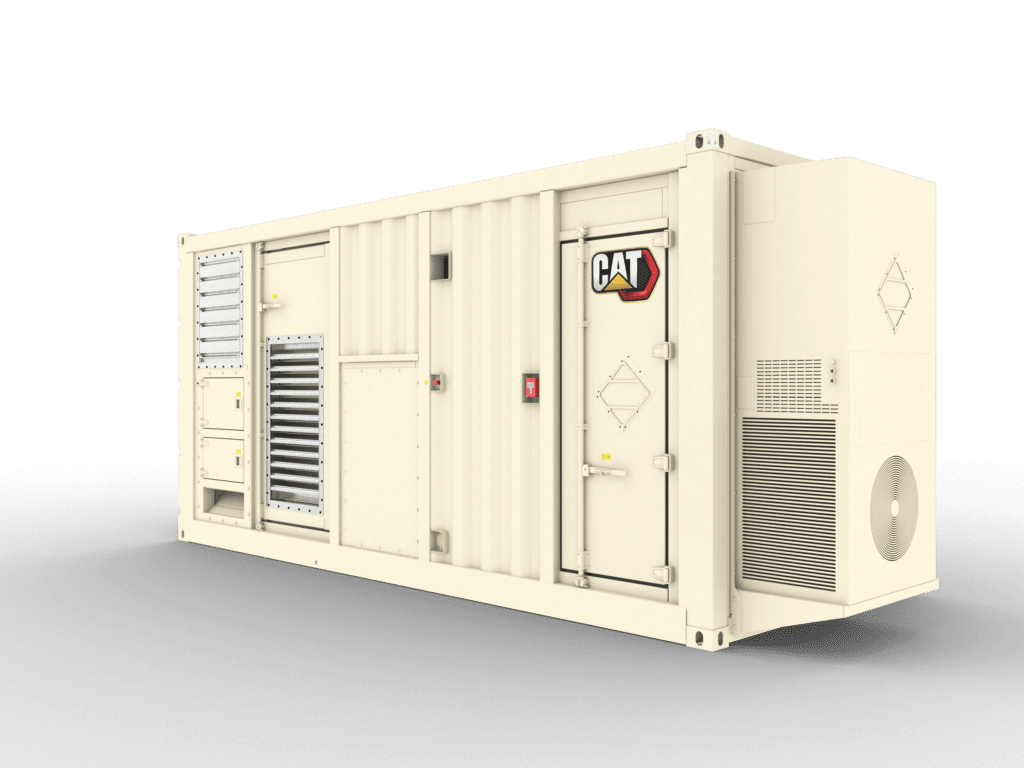Hydrogen Fuel Cell Provides Backup Power for Microsoft Data Center
A demonstration project led by Caterpillar at a Wyoming site showed that large-format hydrogen fuel cells could be used to supply backup power to a data center. Caterpillar on Jan. 19 announced the project, done in collaboration with Microsoft and Ballard Power Systems, provided insights into the use of hydrogen fuel cells to support energy-intensive installations that need uninterrupted supplies of electricity.
Caterpillar said the demonstration simulated a 48-hour backup power event at Microsoft’s data center in Cheyenne. The group said the it validated the system’s performance at high elevation—in this case 6,086 feet above sea level—and in below-freezing temperatures. A hydrogen fuel cell was integrated into the data center’s electrical system to support critical load. A microgrid controller from Caterpillar was used to operate a pair of Cat Power Grid Stabilization (PGS) 1260 battery energy storage systems, in addition to a 1.5-MW hydrogen fuel cell.
“This successful collaboration with Microsoft and Ballard demonstrates the potential of hydrogen fuel cells to help data centers address their critical power needs while reducing their emissions,” said Jaime Mineart, senior vice president of Caterpillar Electric Power, which led the project. The company provided the overall system integration, power electronics, and microgrid controls that form the central structure of the hydrogen power system.

“This project’s success provides an opportunity for hyperscale providers to drive innovations in the sustainability of power generation technologies,” said Sean James, senior director of data center research at Microsoft. “The research and findings of the hydrogen fuel cell demonstration will help us towards our goal of becoming carbon negative by 2030.”
The Wyoming project is supported and partly funded by the U.S. Department of Energy (DOE) Hydrogen and Fuel Cell Technologies Office as part of the H2@Scale initiative. That program brings together stakeholders to advance affordable hydrogen production, transport, storage and utilization in multiple energy sectors, according to DOE. The DOE’s Colorado-based National Renewable Energy Laboratory analyzed safety, techno-economics, and greenhouse gas (GHG) impacts of the project during the demonstration.
“We see the completion of this demonstration as an important proof point of the reliability and durability of Ballard’s fuel cells in providing zero-emission backup power for data centers,” said David Mucciacciaro, chief commercial officer of Canada-based Ballard Power Systems. “We are excited about the ability of our products to meet the critical power needs of data center customers in this rapidly growing sector.”
—Darrell Proctor is a senior associate editor for POWER (@POWERmagazine).